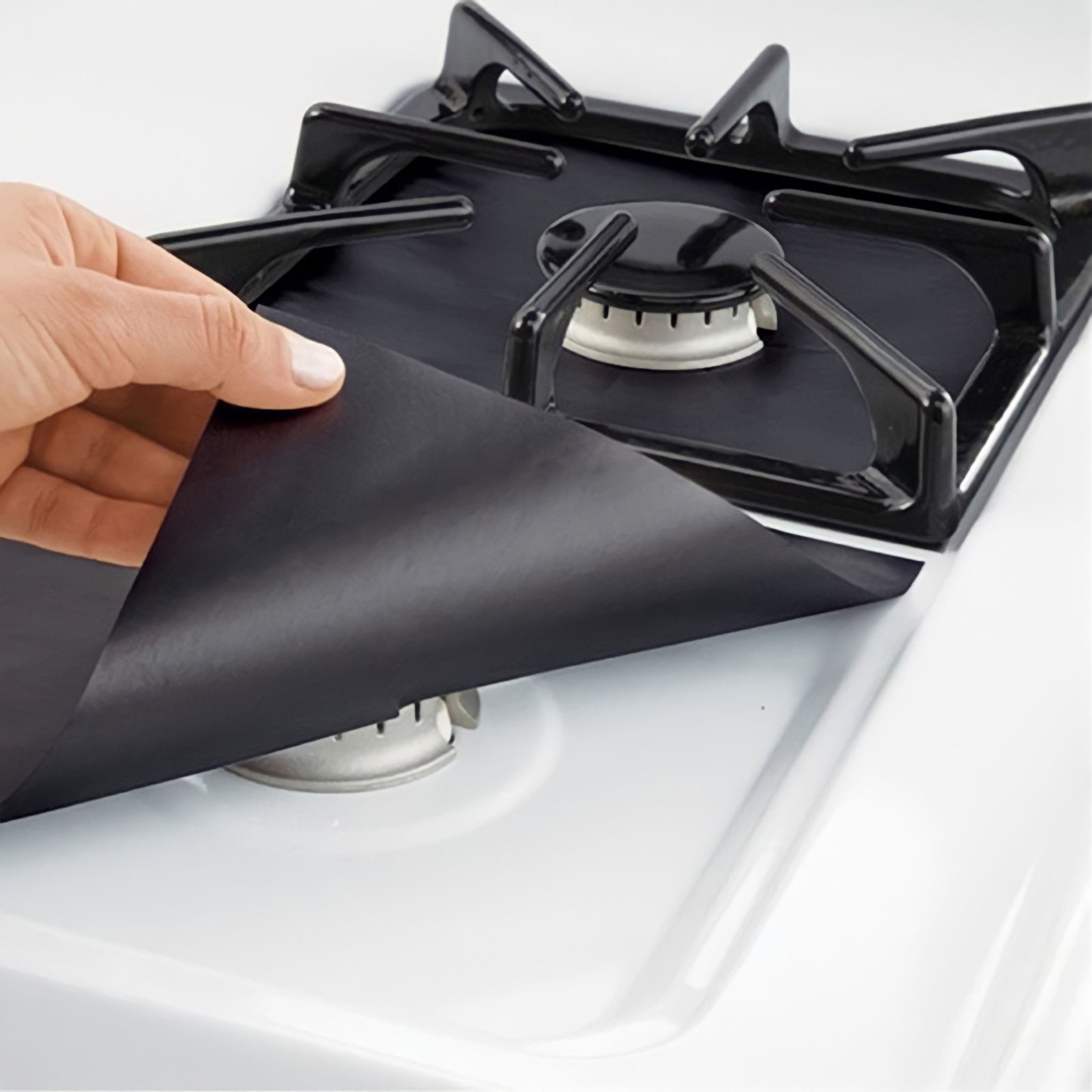

Articles
How To Protect Gas Stove Top From Spills
Modified: January 8, 2024
Learn effective ways to protect your gas stove top from spills with these informative articles. Keep your stove clean and well-maintained for optimal performance and longevity.
(Many of the links in this article redirect to a specific reviewed product. Your purchase of these products through affiliate links helps to generate commission for Storables.com, at no extra cost. Learn more)
Introduction
Gas stoves are a popular choice in many kitchens due to their precise temperature control and rapid heat distribution. However, one common issue that can arise when using a gas stove is spills on the stove top. Spills not only create a messy and unsightly cooking area, but they can also lead to damage and staining of the stovetop surface.
In this article, we will explore some effective ways to protect your gas stove top from spills. We will provide you with practical tips and tricks to prevent spills from occurring, as well as solutions for easy cleanup. So, let’s dive in and learn how to keep your gas stove top clean and protected.
Note: Before trying any of the methods mentioned below, always ensure that your gas stove is turned off and cooled down. Safety should be the top priority when working with any kitchen appliance.
Key Takeaways:
- Protect your gas stove top from spills by using proper cookware lids, avoiding overfilling, and utilizing splash guards. Keep your cooking area clutter-free and monitor heat settings to prevent spills.
- Consider using stove top protectors or creating DIY stove top covers to safeguard your gas stove top from spills and stains. Regular cleaning and maintenance are essential for preserving its longevity and efficiency.
Tips for Preventing Spills on Gas Stove Top
Keeping your gas stove top free from spills is the first step in maintaining its cleanliness and preventing damage. Here are some useful tips to help you prevent spills on your gas stove top:
- Use Cookware with Proper Lids: When cooking on a gas stove, always use cookware with well-fitting lids. Lids help to contain the contents of the pot or pan, reducing the chances of spills and splatters.
- Avoid Overfilling Pots and Pans: When cooking, avoid overfilling pots and pans to prevent liquids or food from spilling over onto the stove top. Leave enough headspace in the cookware to accommodate the expansion of the contents while cooking.
- Stir with Care: When stirring food while it’s cooking, be mindful of your movements to prevent splashes and spills. Utilize a gentle stirring technique to minimize the chances of spills on the stove top.
- Place a Lid on Boiling Pots: When boiling water or other liquids, place a lid on the pot to help contain the heat and minimize steam accumulation. This will reduce the likelihood of hot liquid splattering onto the stove top.
- Splash Guards: If you frequently experience spills or splatters while cooking, consider using splash guards. These are transparent or metal barriers that can be placed around the stovetop to catch any spills before they reach the stove surface.
- Keep a Clean and Tidy Cooking Area: A clutter-free cooking area is less likely to contribute to spills and accidents. Clear away unnecessary items from the stove top, making it easier to cook and clean without the risk of knocking over objects.
- Monitor Heat Settings: Use the appropriate heat settings for your cooking needs. Excessive heat can cause liquids to boil rapidly, leading to spills. Adjust the flame or burner accordingly to prevent this.
- Use Oven Mitts: When handling hot pots and pans, always use oven mitts or pot holders to ensure a secure grip. This will help to prevent accidental spills caused by dropping or losing control of the cookware.
By implementing these simple tips, you can significantly reduce the chances of spills on your gas stove top and maintain a clean and organized cooking space.
Using Stove Top Protectors
Stove top protectors are an excellent investment to protect your gas stove top from spills and stains. These thin, heat-resistant mats sit on top of the burners and provide a protective barrier between your cookware and the stove surface. Here’s how you can use stove top protectors:
- Cut the Protectors to Size: Most stove top protectors come in a standard size and can be easily trimmed to fit your specific burner dimensions. Measure your burners and cut the protectors accordingly for a precise fit.
- Place the Protectors on the Burners: Once you’ve cut the protectors to the appropriate size, carefully place them on the burners. Ensure that the openings align with the burner openings to prevent any hindrance in the flame distribution.
- Arrange Multiple Protectors: If your stove has multiple burners, position the protectors on each burner accordingly. Some protectors may come in a set that fits all the burners at once, while others may require individual placement.
- Adjust the Flame and Heat: Take note that the stove top protectors can affect the heat distribution on your gas stove. Adjust the flame and heat settings as needed to maintain the desired cooking temperature.
- Clean and Replace Regularly: Stove top protectors are not meant to last forever. Clean them regularly using warm, soapy water and a non-abrasive sponge or cloth. Replace them when they become damaged, discolored, or no longer provide adequate protection.
- Use with Caution: While stove top protectors can help prevent spills and stains, they are not fireproof and can still catch fire if exposed to direct flame. Exercise caution when using open flames and always monitor the cookware while cooking.
- Enjoy a Clean Stove Top: By using stove top protectors, you can easily remove and clean any spills or stains on the protectors themselves, leaving your actual stove top clean and protected.
Stove top protectors are a convenient and cost-effective way to safeguard your gas stove top from spills and stains. They provide an additional layer of protection and make cleanup a breeze, ensuring that your stove stays in top condition for years to come.
Place a silicone stove counter gap cover between the stove and the countertop to prevent spills from dripping down the sides. This will make cleaning up much easier and protect the stove top from stains and damage.
Making DIY Stove Top Covers
If you prefer a more personalized and customizable approach to protecting your gas stove top, you can create your own DIY stove top covers. Here are some simple steps to make your own stove top covers:
- Select the Material: Choose a heat-resistant material that can withstand the heat generated by your gas stove. Some popular options include tempered glass, stainless steel, or heat-resistant silicone.
- Measure and Cut: Measure the dimensions of your stove top to determine the size of the cover you need. Use a measuring tape and a marker to outline the dimensions on the material you have chosen. Carefully cut along the lines to create the cover.
- Smooth the Edges: Use sandpaper or a file to smooth the edges of your DIY stove top cover. This will help to prevent any scratches or injuries while handling the cover.
- Add Handles or Grips (optional): To make it easier to lift and move the cover, you can attach handles or grips. These can be purchased from hardware stores or repurposed from old kitchen accessories.
- Test the Fit: Place the DIY stove top cover on your gas stove and ensure that it fits properly. It should sit flat and cover the entire stove top surface without obstructing the burners or flame distribution.
- Use and Clean with Care: When using the DIY stove top cover, always ensure that your gas stove is turned off and cooled down. Clean the cover regularly using warm, soapy water and a non-abrasive sponge or cloth.
- Personalize Your Cover: Get creative and personalize your DIY stove top cover. You can add decorative elements like decals, patterns, or even paint it in a color that matches your kitchen decor.
- Store Properly: When not in use, store your DIY stove top cover in a safe and dry place to prevent any damage or warping.
Creating your own DIY stove top covers allows you to customize the design and functionality according to your preferences. It not only provides protection against spills and stains but also adds a personal touch to your kitchen.
Cleaning and Maintenance Tips
To keep your gas stove top in pristine condition and to ensure its longevity, regular cleaning and maintenance are essential. Here are some effective cleaning and maintenance tips:
- Wipe Spills Immediately: When spills occur, it’s crucial to wipe them up immediately. Use a damp cloth or sponge to gently wipe away any spills before they have a chance to dry and become stubborn stains.
- Use Gentle Cleaners: For everyday cleaning, opt for mild cleaners specifically designed for stovetops. Avoid harsh abrasive cleaners that can damage the surface or remove the finish.
- Remove Burner Grates and Clean Separately: If your gas stove has removable burner grates, take them off and clean them separately. Use warm, soapy water and scrub gently to remove grease and residue. Rinse thoroughly and let them dry completely before placing them back on the stove.
- Clean Gas Burners Regularly: Gas burners can accumulate food particles and grease over time, affecting their performance. Clean the gas burners periodically by removing them and soaking them in warm, soapy water. Use a soft brush to scrub away any buildup and rinse thoroughly before reattaching them.
- Polish Stainless Steel Surfaces: If your gas stove top has stainless steel surfaces, use a stainless steel cleaner and polish to keep them shiny and free from fingerprints. Follow the manufacturer’s instructions for the proper application.
- Avoid Excessive Scrubbing: While it’s important to clean spills promptly, avoid excessive scrubbing that can scratch the stove top. Use gentle circular motions and non-abrasive cleaning tools to avoid damaging the surface.
- Check for Gas Leaks Regularly: As part of the maintenance routine, regularly check for gas leaks. Apply a solution of water and liquid soap to the gas connections, including the valve and hose. If you notice any bubbles forming, it indicates a leak. In such cases, contact a professional for immediate assistance.
- Inspect Igniters and Spark Plugs: Periodically check the igniters and spark plugs to ensure they are clean and in good working condition. Replace any faulty igniters or spark plugs promptly to avoid issues with ignition.
- Schedule Professional Maintenance: Consider scheduling professional maintenance for your gas stove periodically. A trained technician can inspect and service the gas lines, burners, and other components to ensure optimal performance and safety.
By following these cleaning and maintenance tips, you can keep your gas stove top looking its best and functioning efficiently for years to come. Regular care and attention will help to prevent major issues and prolong the lifespan of your appliance.
Read more: How To Protect Glass Cooktop From Scratches
Conclusion
Taking proactive measures to protect your gas stove top from spills is an essential aspect of maintaining a clean and efficient cooking area. By implementing the tips and techniques discussed in this article, you can prevent spills from occurring and keep your stove top in excellent condition.
First, remember to use cookware with proper lids to contain contents and avoid overfilling pots and pans. Stir with care and place a lid on boiling pots to minimize the risk of spills. Consider using splash guards if you frequently experience spills while cooking, and always keep your cooking area clean and clutter-free.
Using stove top protectors is another effective way to safeguard your gas stove top. These protective mats provide a barrier between your cookware and the stove surface, making cleanup easy and protecting against stains and damage.
If you prefer a more personalized approach, making DIY stove top covers allows you to create a custom-fit cover using materials like tempered glass or stainless steel. Personalize it to match your kitchen decor while adding an extra layer of protection against spills and stains.
Regular cleaning and maintenance are crucial for the longevity of your gas stove top. Wipe spills immediately, use gentle cleaners, and remove and clean burner grates and gas burners periodically. Polish stainless steel surfaces and avoid excessive scrubbing to prevent scratches.
Lastly, always prioritize safety. Regularly check for gas leaks, inspect igniters and spark plugs, and consider scheduling professional maintenance to ensure the optimal performance of your gas stove.
By following these tips, you can enjoy a clean and well-maintained gas stove top that will continue to serve you well in all your cooking endeavors. Protecting your stove top from spills will not only enhance its appearance but also contribute to a safer and more enjoyable cooking experience.
Frequently Asked Questions about How To Protect Gas Stove Top From Spills
Was this page helpful?
At Storables.com, we guarantee accurate and reliable information. Our content, validated by Expert Board Contributors, is crafted following stringent Editorial Policies. We're committed to providing you with well-researched, expert-backed insights for all your informational needs.
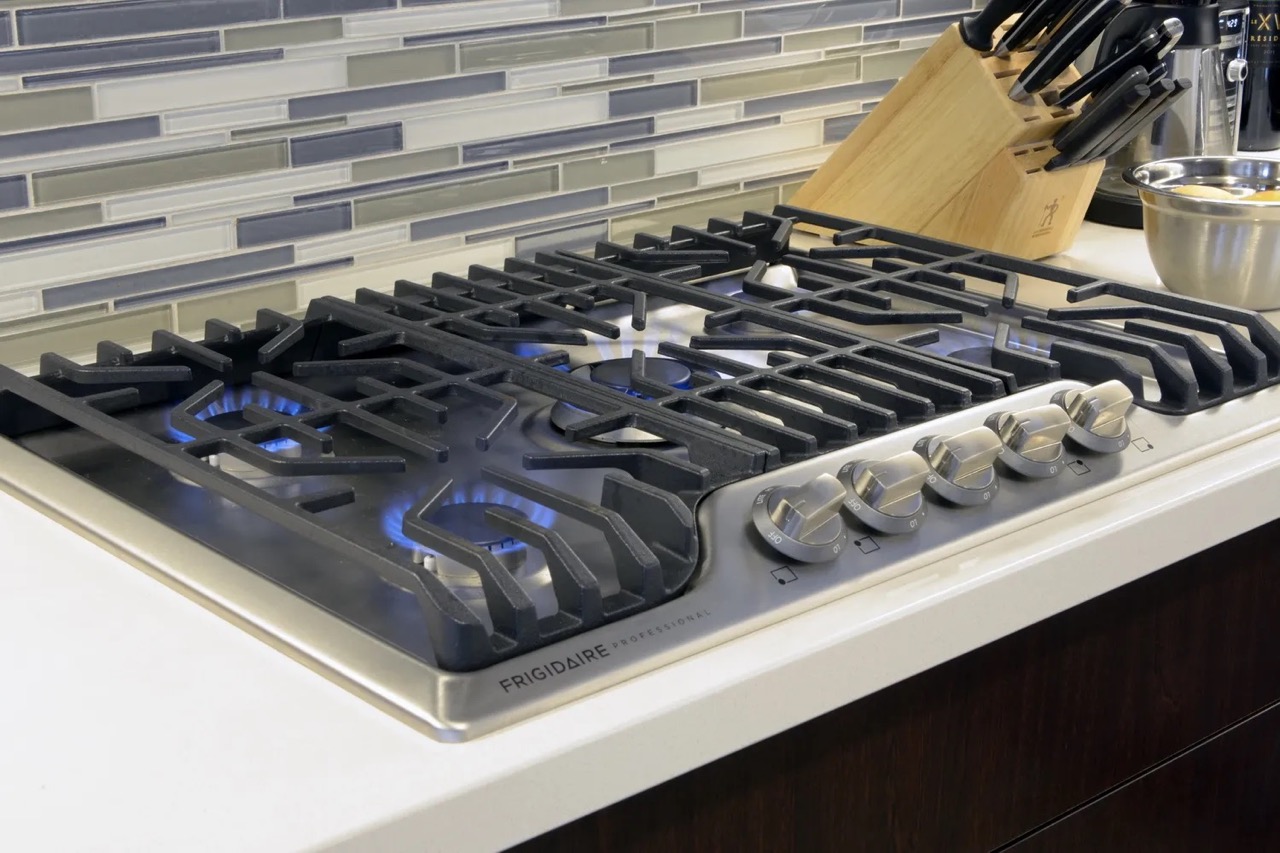
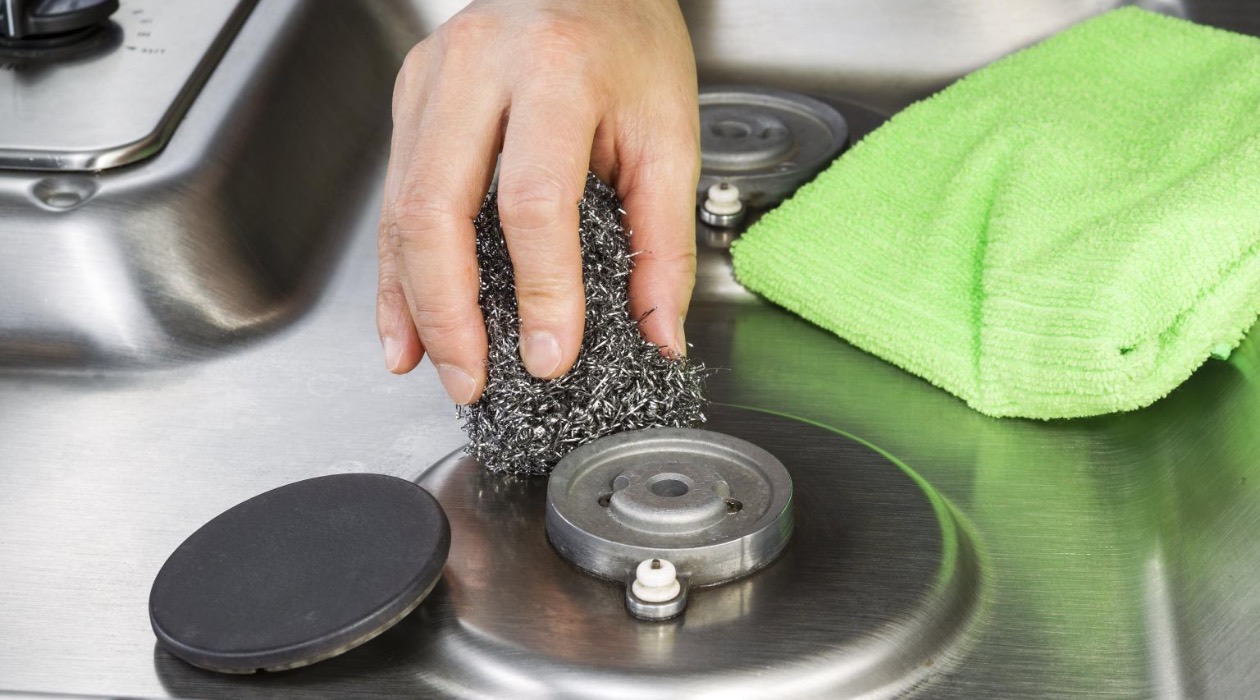
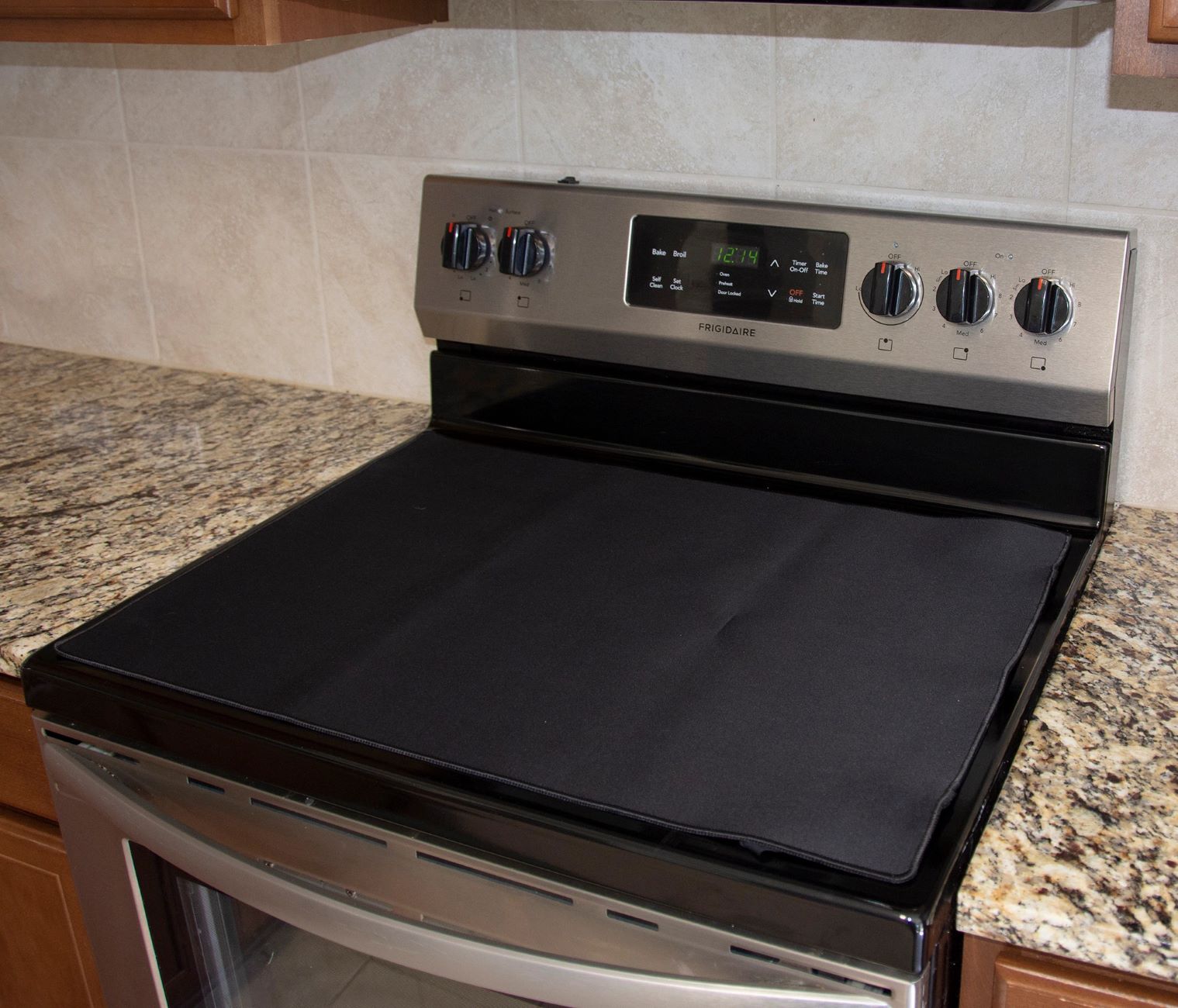
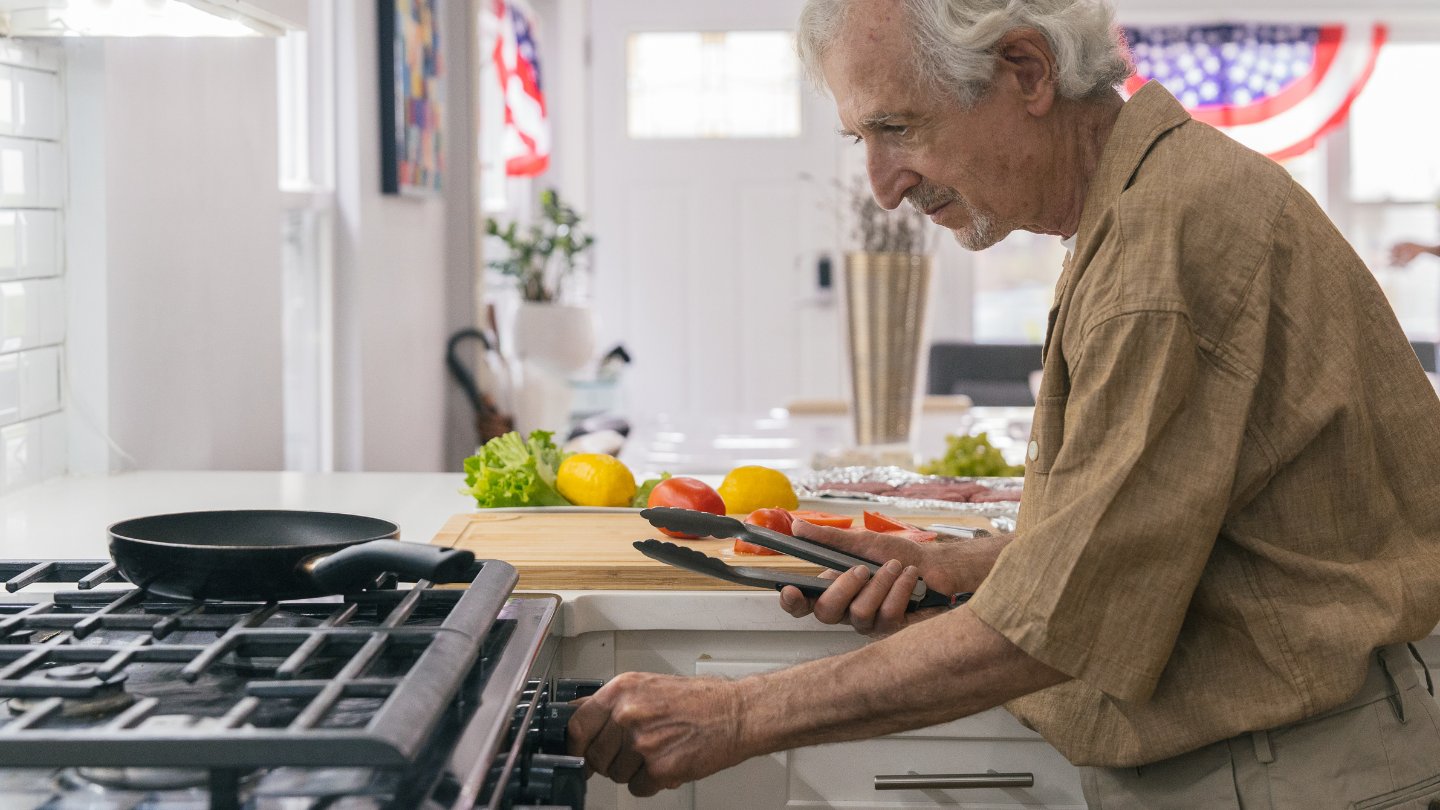
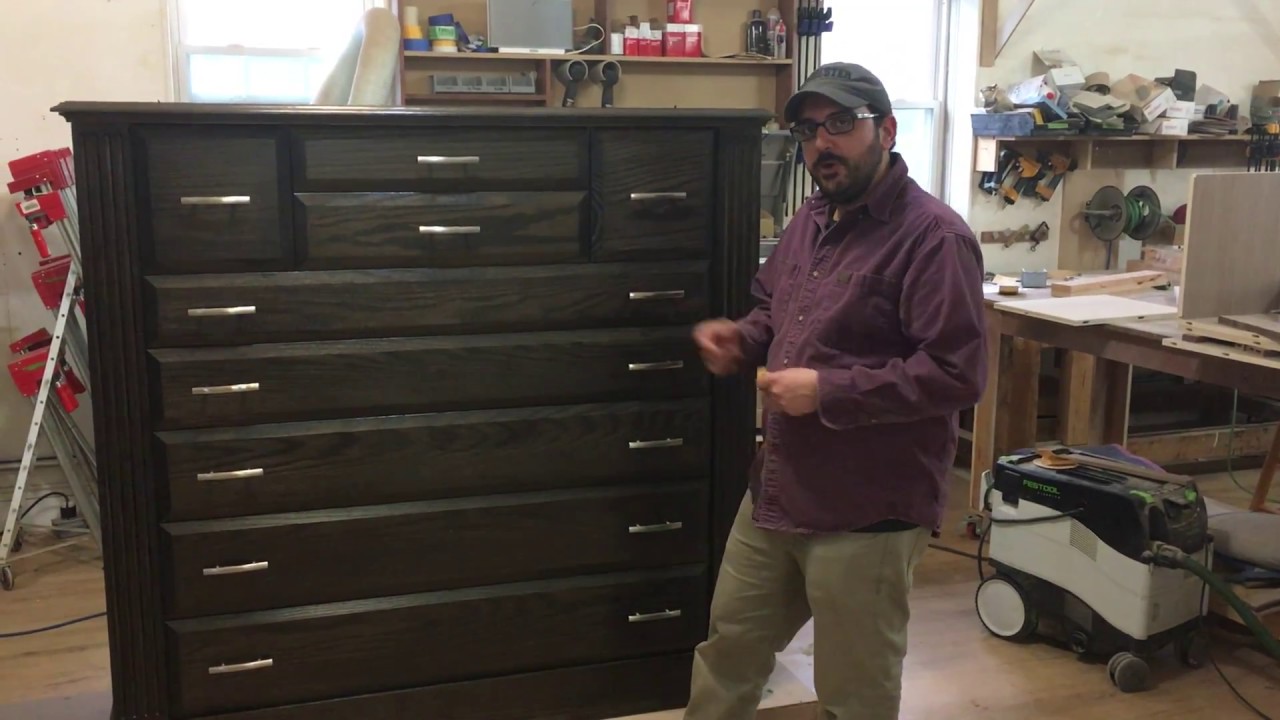
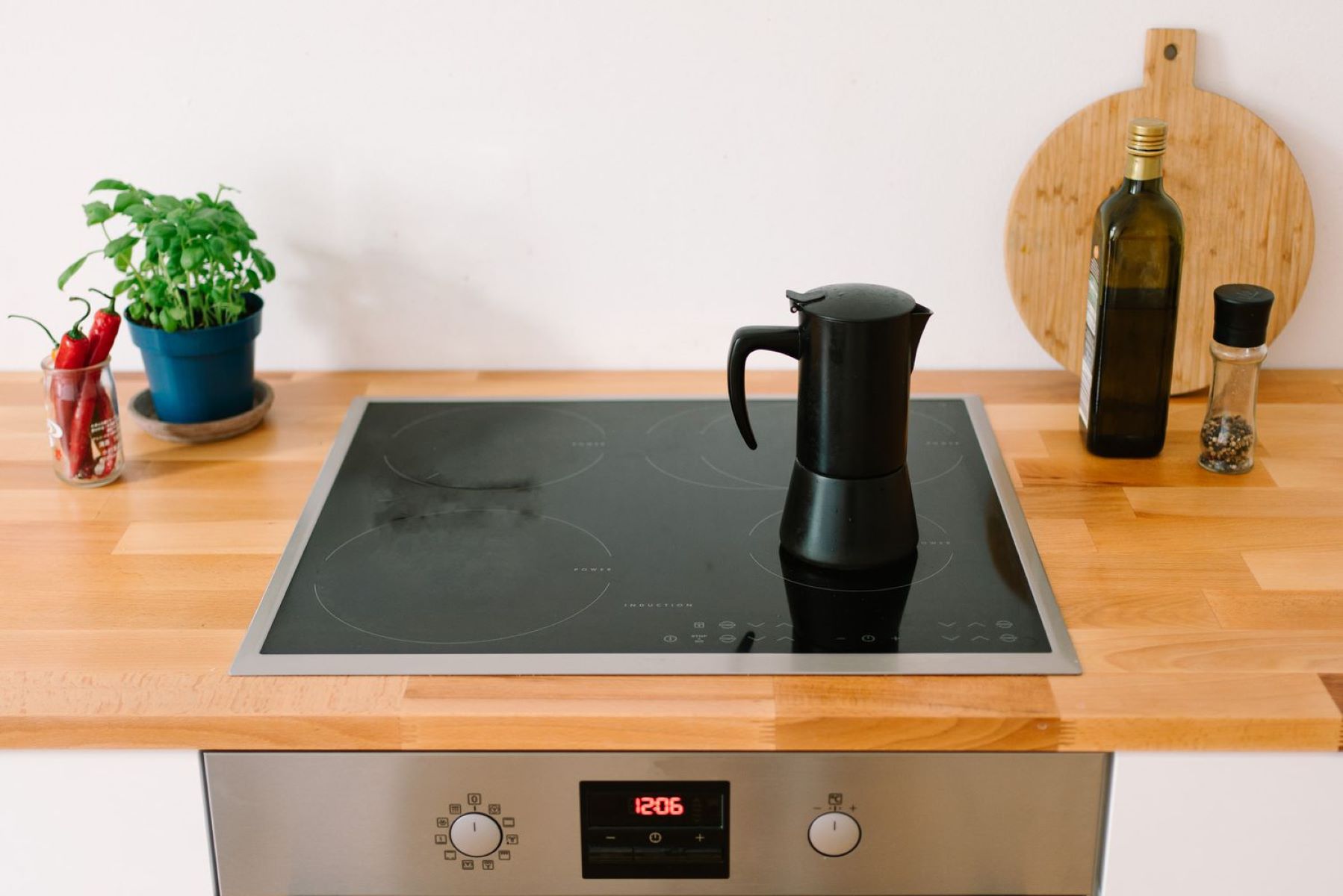
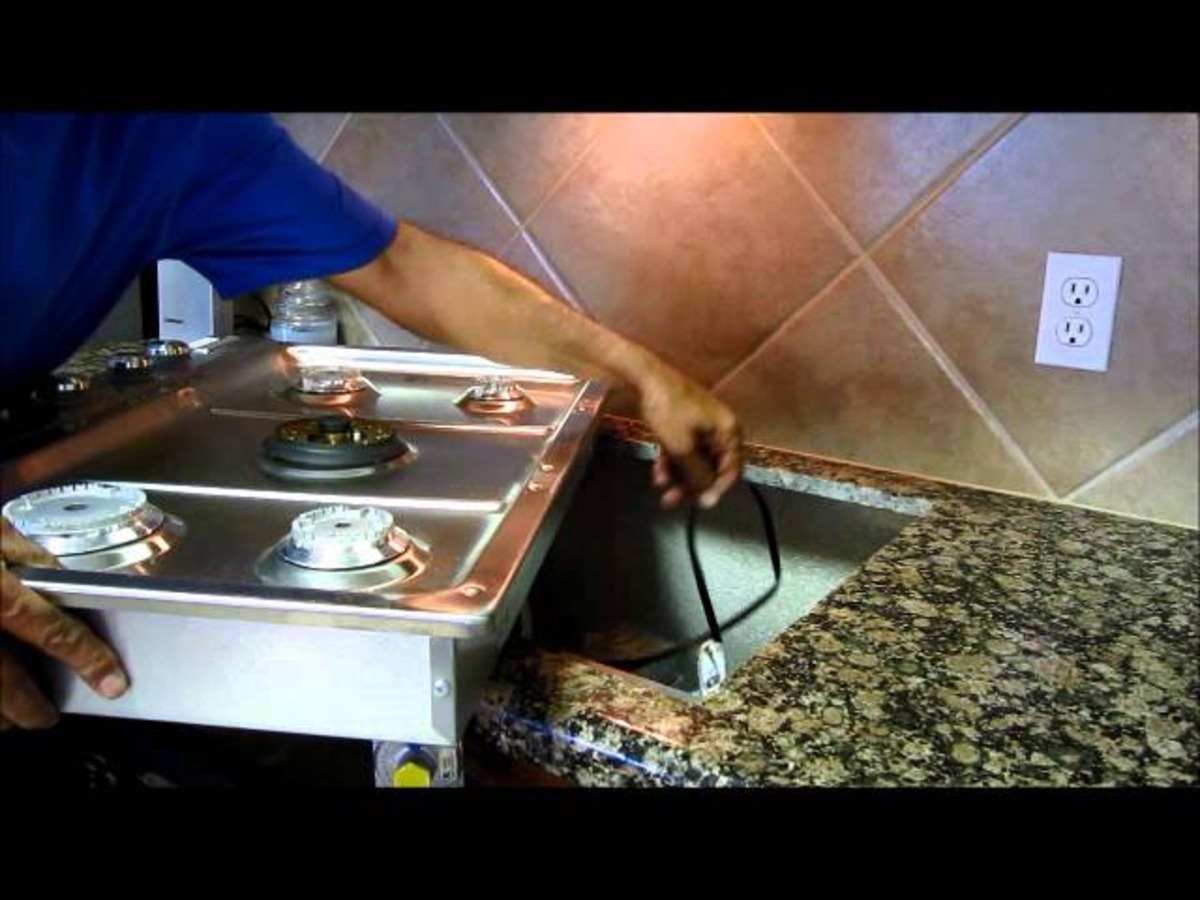
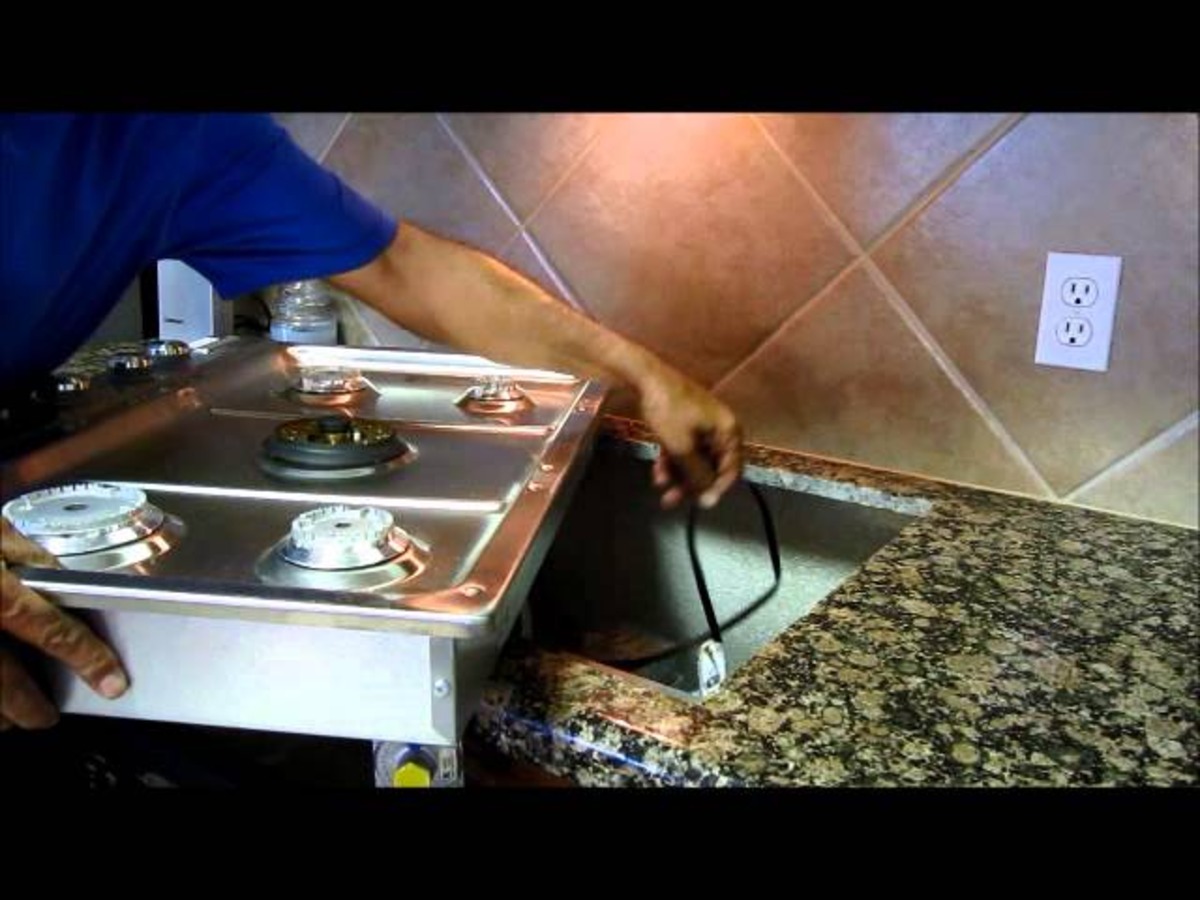
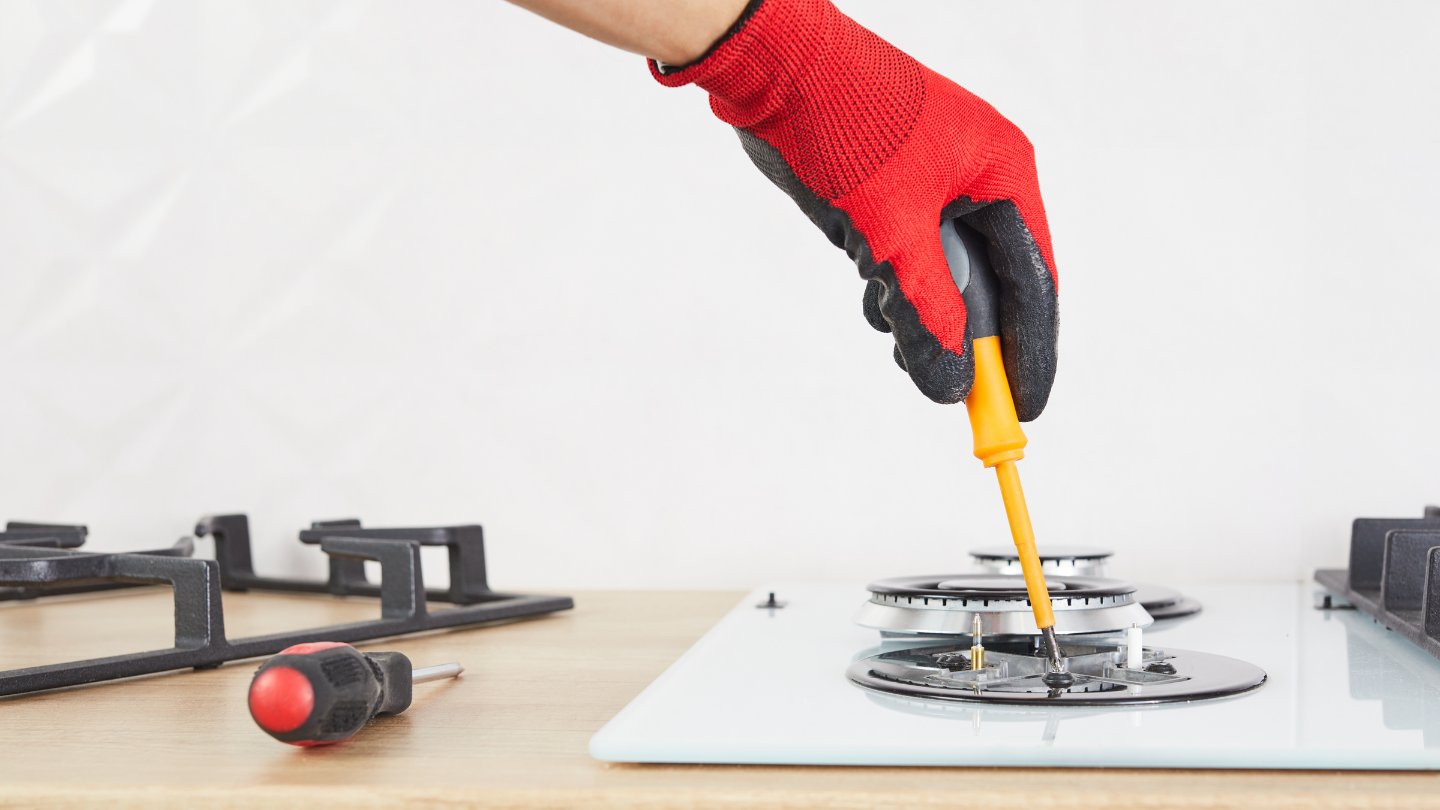
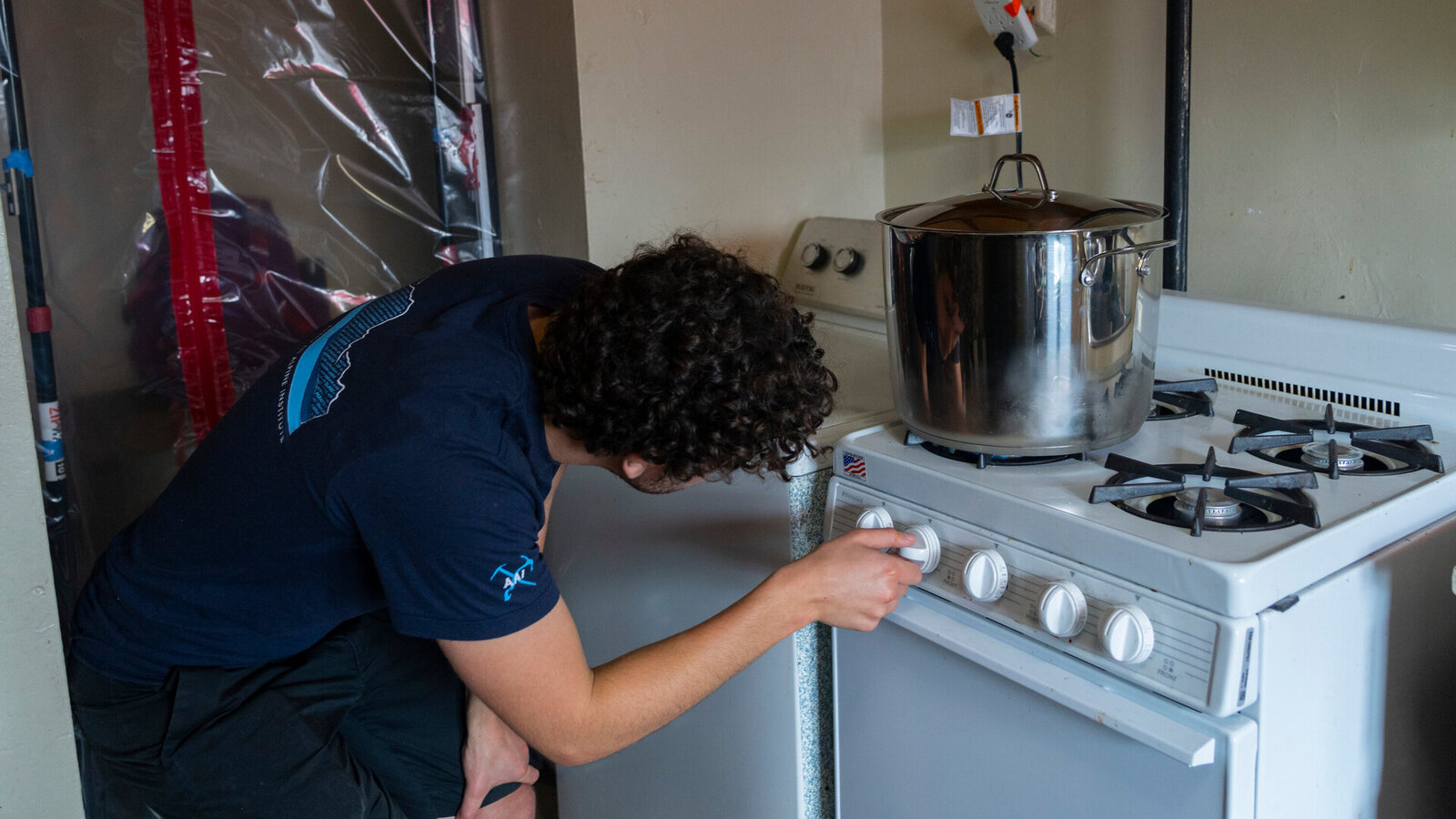
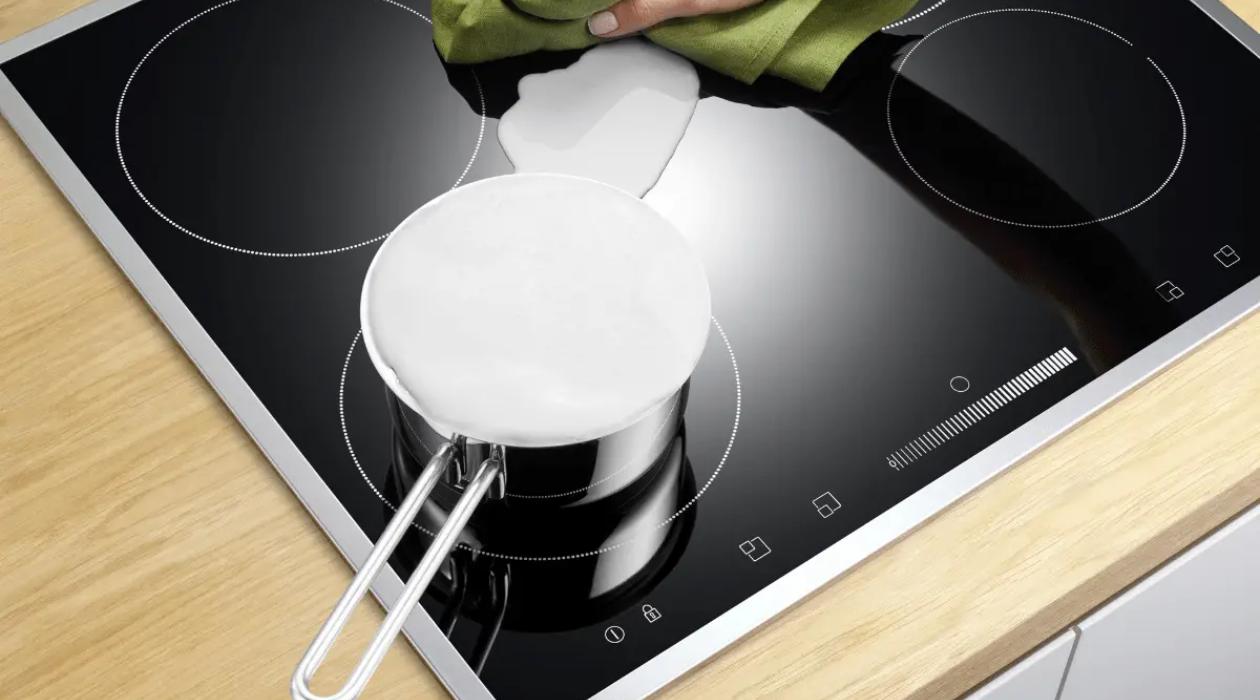
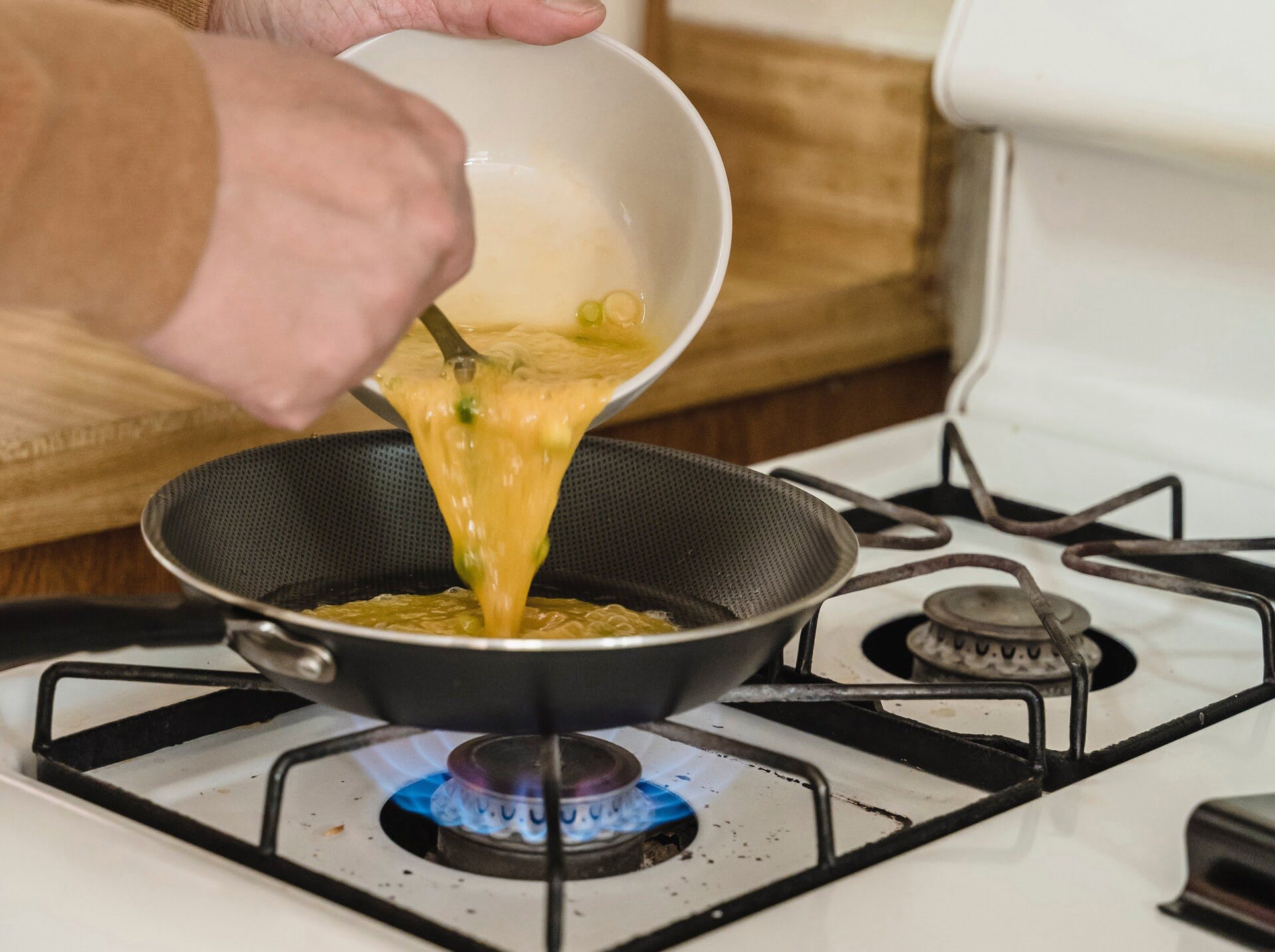
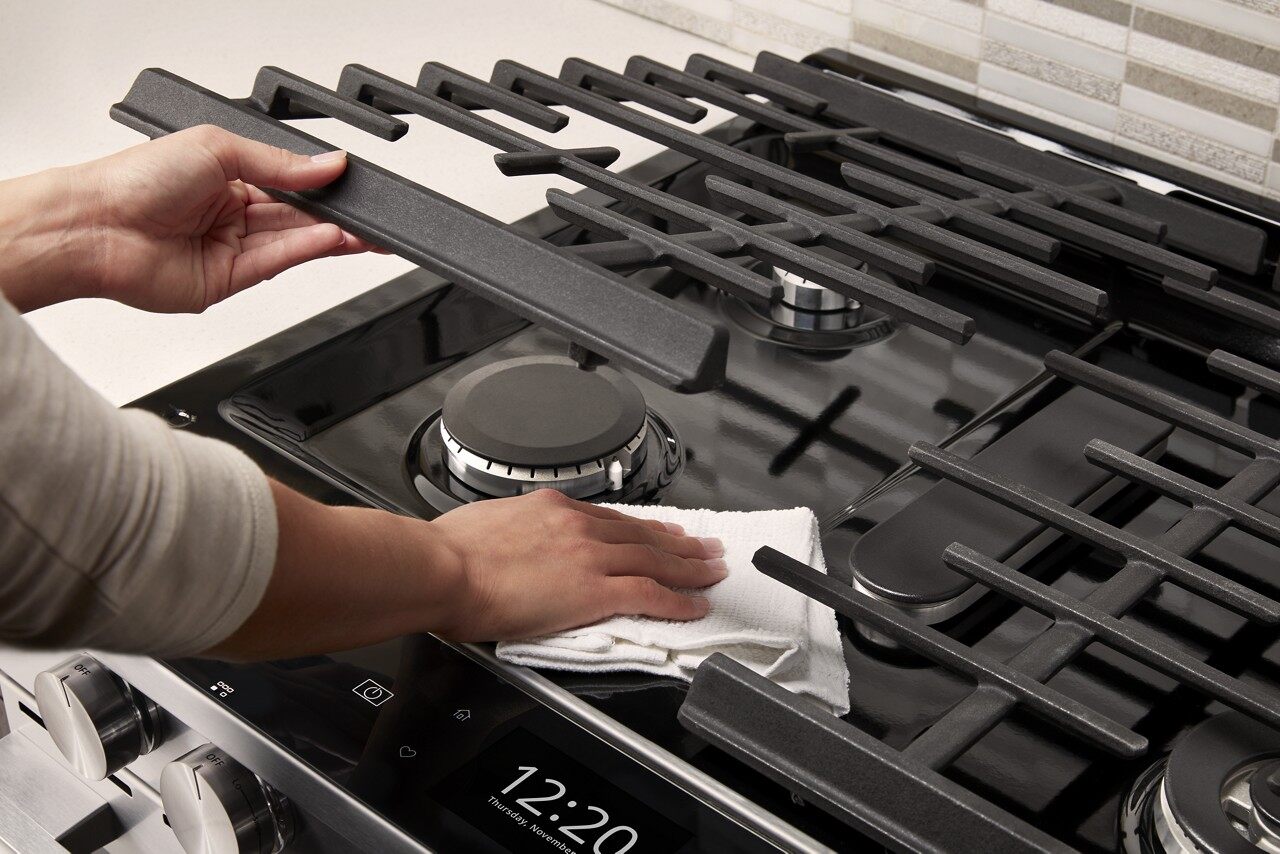
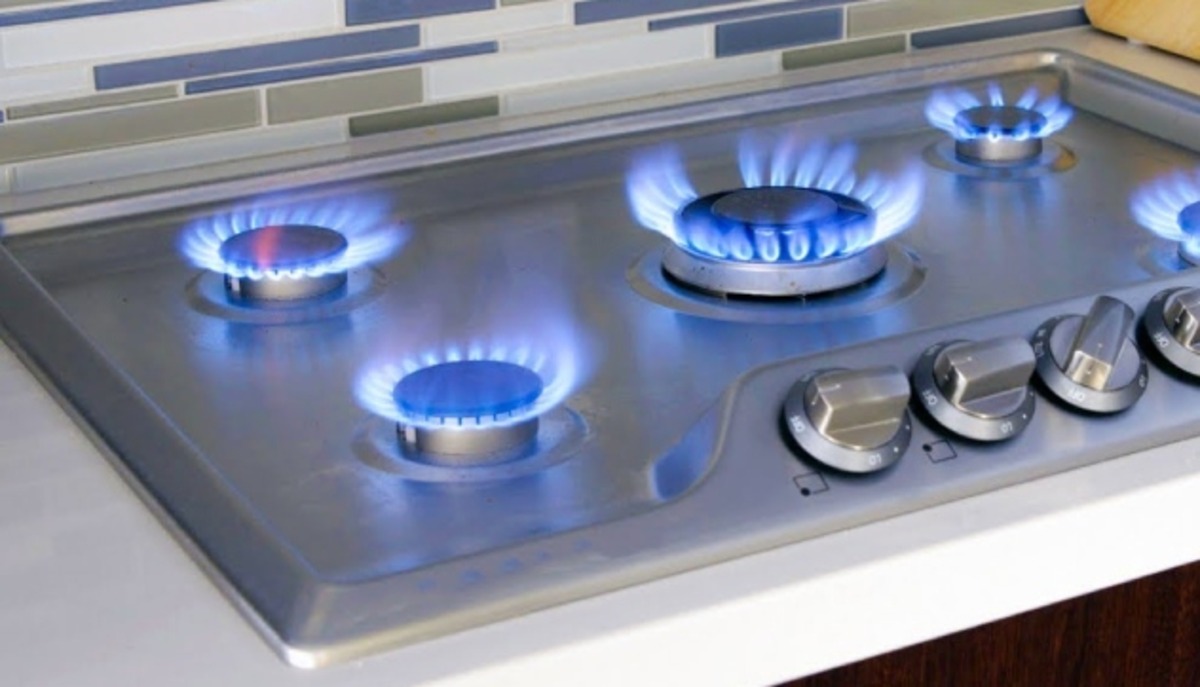

0 thoughts on “How To Protect Gas Stove Top From Spills”